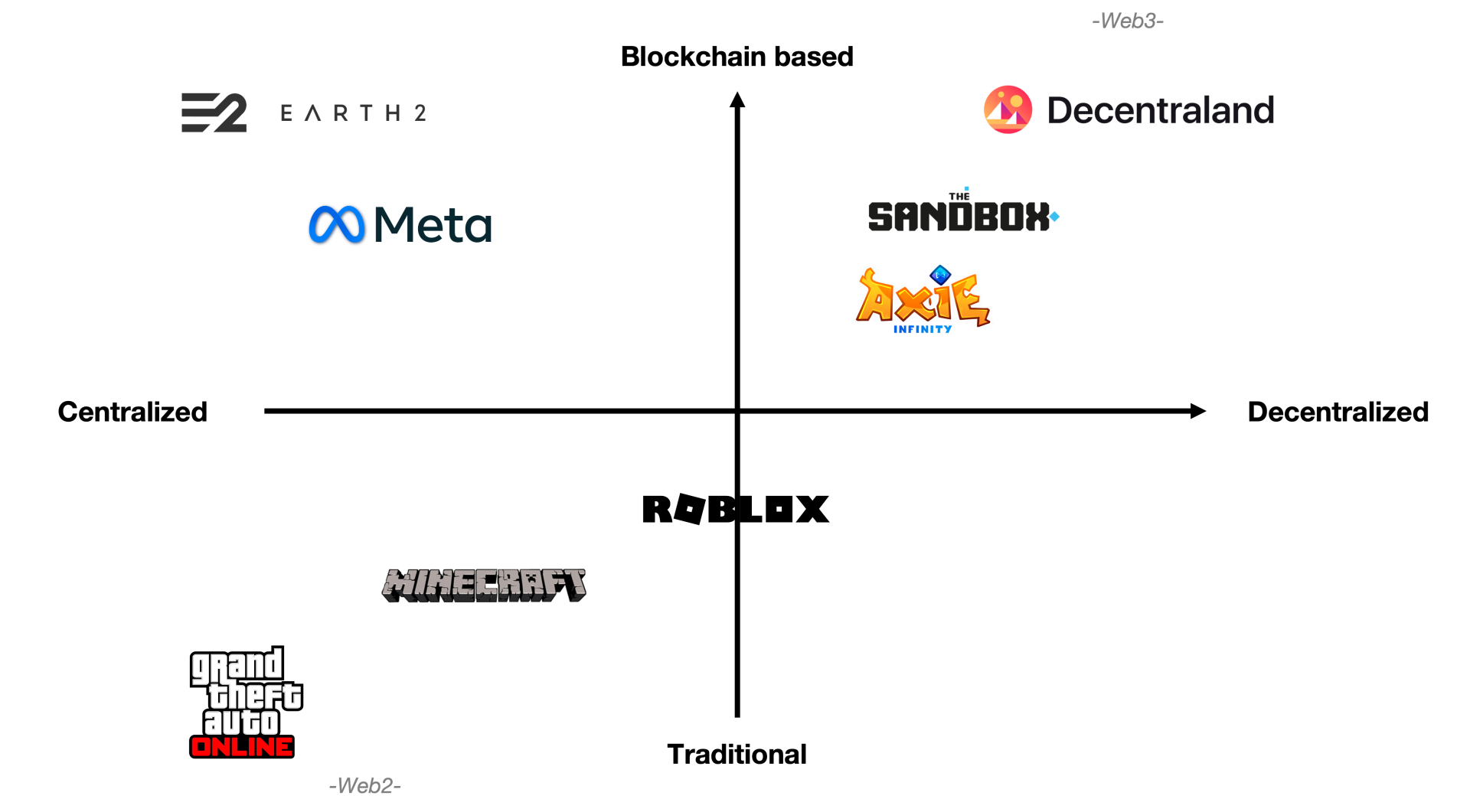Welcome to the ultimate battle of the digital universe – Decentralized vs. Centralized Metaverse! As the metaverse continues to expand and reshape our online experiences, it’s crucial to understand the core differences between these two competing models. In this insightful article, we’ll dive deep into the world of decentralized and centralized metaverse platforms, compare their unique advantages and shortcomings, and help you make an informed decision on which one to choose. Whether you’re a gaming enthusiast, a tech-savvy entrepreneur, or a curious internet wanderer, this comprehensive guide is your ticket to unlocking the limitless potential of these virtual realms. So, gear up and join us as we explore the fascinating metaverse universe and unravel the secrets of its dynamic ecosystem.
Exploring the Key Differences: Centralized vs

In the realm of virtual reality, both centralized and decentralized metaverses offer unique experiences. Centralized metaverses, governed by a single authority, often provide a cohesive and consistent environment, enabling seamless interaction and curated content. However, this comes at the cost of limited user autonomy and potential data privacy concerns. On the other hand, decentralized metaverses empower users with greater freedom, fostering creativity and innovation through user-generated content. Despite the challenges of interoperability and potential fragmentation, decentralized metaverses champion individual ownership and open collaboration. Ultimately, the choice between centralized and decentralized metaverse depends on personal preferences and desired experiences.
Decentralized Metaverse Platforms

In the realm of Decentralized Metaverse Platforms, users experience a digital universe that operates on a peer-to-peer network, ensuring greater control and ownership over their virtual assets. These platforms, such as Decentraland and The Sandbox, thrive on blockchain technology, enabling secure transactions and the creation of unique digital assets (NFTs). By embracing decentralization, these metaverse ecosystems provide users with unparalleled freedom, allowing them to create, trade, and monetize their virtual experiences. As this innovative space continues to evolve, choosing a decentralized metaverse platform can offer a more democratic and transparent alternative to centralized models, fostering creativity and empowering users to shape their own digital destinies.
The Pros and Cons of Decentralized Metaverse Environments: Is it the Future of Virtual Worlds?

In the ever-evolving realm of virtual worlds, the decentralized metaverse offers a promising alternative to centralized platforms. The decentralized environment empowers users with unparalleled freedom, control, and ownership of their digital assets, paving the way for limitless creativity and innovation. This democratized approach fosters a thriving ecosystem, encouraging collaboration and fostering a sense of community. However, it also presents challenges such as scalability, security, and potential misuse of technology. As we venture into this new frontier, it is crucial to weigh the pros and cons of decentralized metaverse environments to determine if they hold the key to unlocking the full potential of virtual worlds.
Centralized Metaverse Experiences: Balancing Accessibility and Control for Users

Centralized Metaverse Experiences offer a harmonious blend of accessibility and control for users, making it an appealing choice for many. These virtual worlds are managed by a single entity, ensuring a consistent experience and providing users with a familiar, user-friendly environment. The centralized approach streamlines content creation, moderation, and monetization, leading to a highly curated and immersive experience for users. However, this comes at the cost of limited user autonomy and potential censorship. As you venture into the Metaverse, weigh the benefits of a centralized platform’s ease of access and controlled environment against the potential drawbacks of reduced user freedom and influence.
The Role of Blockchain and Cryptocurrency in Shaping the Decentralized Metaverse Landscape

The role of blockchain and cryptocurrency in shaping the decentralized metaverse landscape is pivotal, as these technologies enable secure, transparent, and user-driven experiences. By leveraging blockchain’s decentralized nature, metaverse platforms can empower users with true ownership and control over their digital assets, fostering a thriving economy within virtual realms. Moreover, cryptocurrencies facilitate seamless transactions and value exchanges across borders, making the metaverse more accessible and inclusive. As the global interest in virtual worlds and digital currencies continues to grow, blockchain and cryptocurrency will undoubtedly play a crucial role in the adoption and success of decentralized metaverse platforms, ultimately revolutionizing the way we interact, work, and play online.
Making an Informed Decision: Evaluating the Best Metaverse Platform for Your Virtual Needs

Making an informed decision between a decentralized and centralized metaverse boils down to analyzing your virtual needs and preferences. Prioritize key factors such as ownership rights, creative freedom, privacy, and platform governance to determine the best metaverse platform for your online pursuits. A decentralized metaverse offers more control over your digital assets and fosters a collaborative community, while a centralized metaverse streamlines user experiences and ensures consistent updates. By evaluating these aspects, you can confidently choose a metaverse platform that aligns with your vision and offers the ideal environment for your virtual endeavors.





GIPHY App Key not set. Please check settings